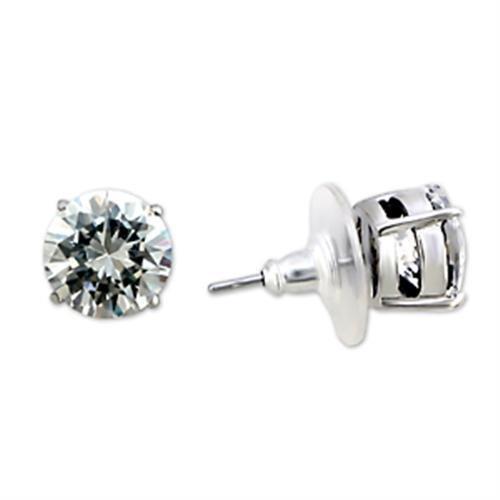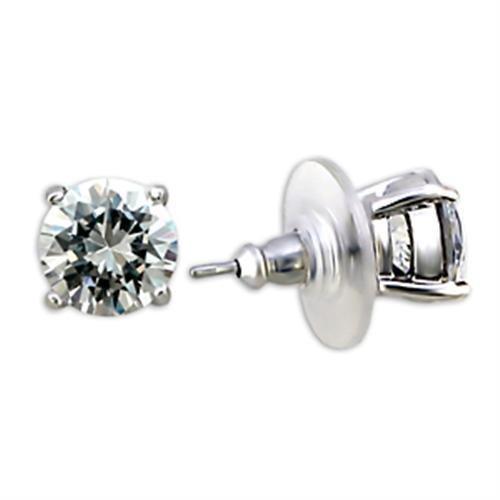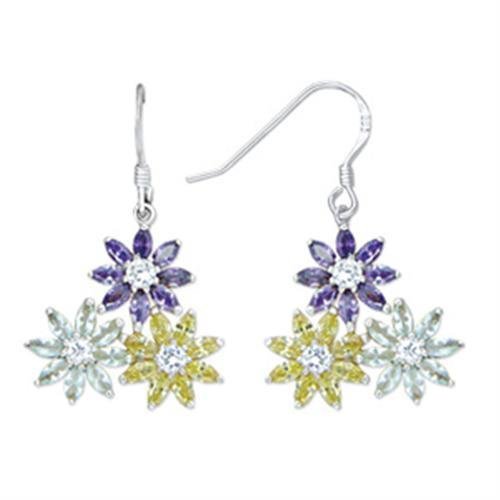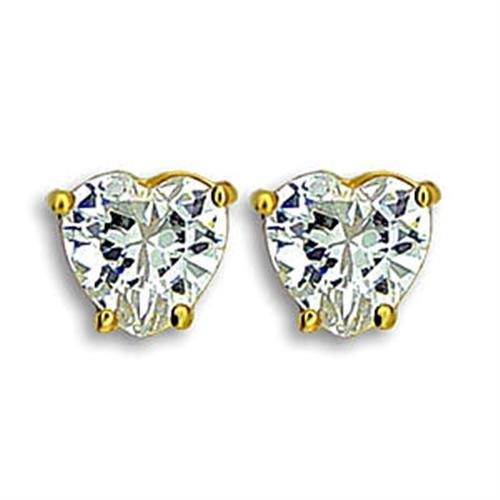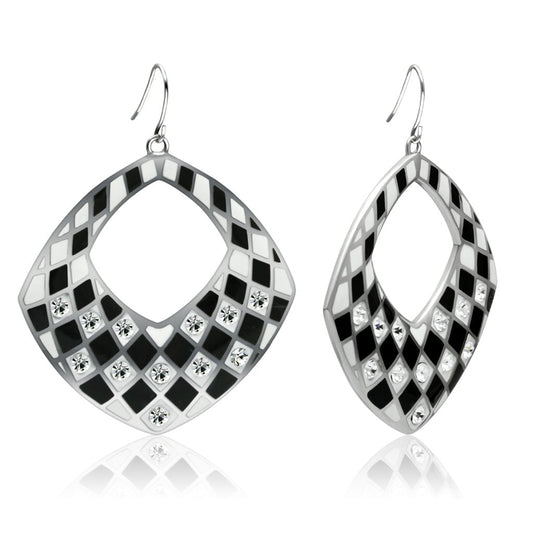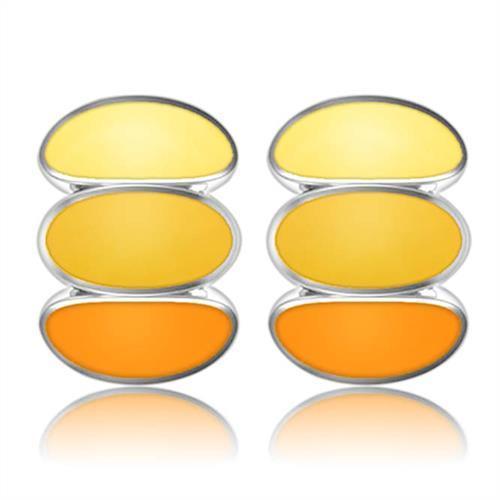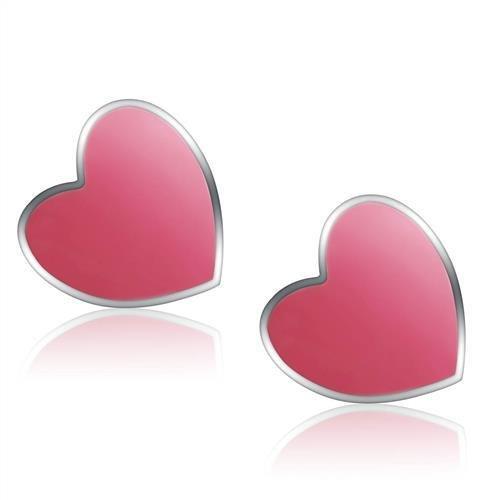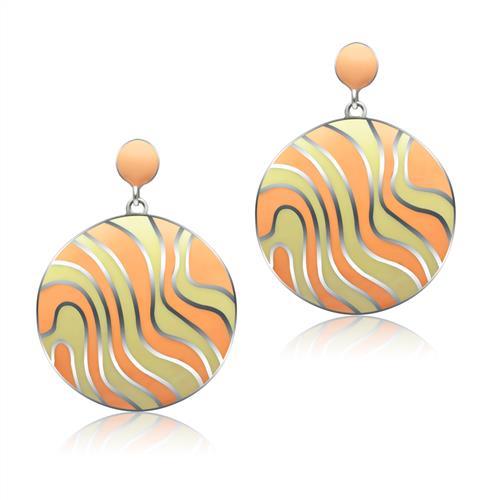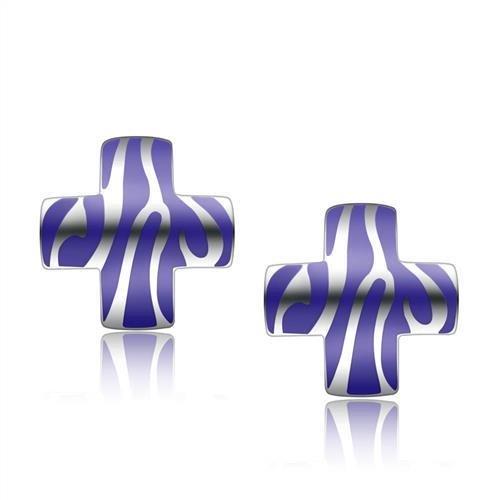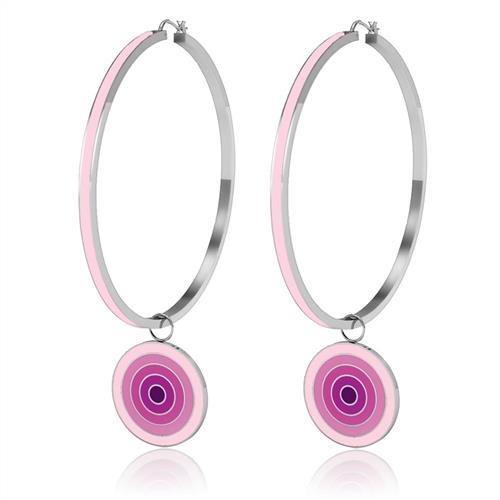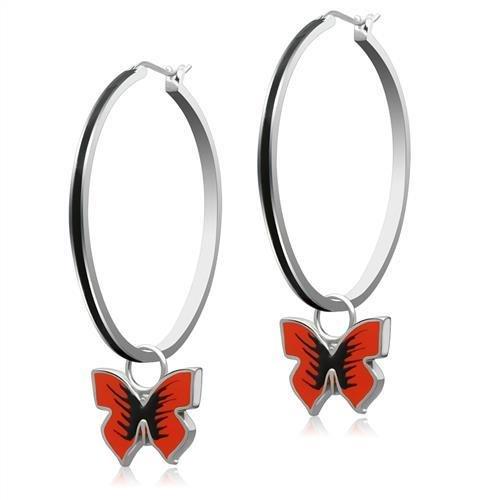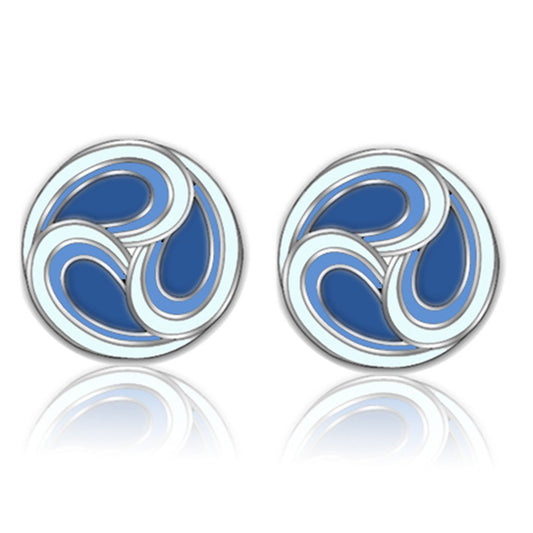Gold karats directly influence the durability, brilliance, and cost of diamond jewelry, making them a critical factor in choosing the perfect piece. This article delves into the gold karat scale, how it impacts diamond settings, and the most suitable karat choices for different types of jewelry like engagement rings and wedding bands. From understanding the advantages of 10K gold to the luxurious appeal of 18K gold, we’ll explore how purity and alloy composition affect both daily wear jewelry and heirloom creations.
Why Gold Karats Matter in Diamond Jewelry
When crafting diamond jewelry, the choice of gold karat plays a pivotal role in determining not only the visual aesthetics but also its wear and tear resistance. The term "karat" refers to the purity of gold, measured on a scale of 0 to 24. For example:
- 24K gold is pure gold but lacks durability.
- 18K gold combines strength and richness, making it a top choice for necklaces and earrings.
- 14K gold balances affordability and toughness, ideal for bracelets and bangles.
- 10K gold, with its higher alloy content, is perfect for budget-friendly, daily wear jewelry.
Quick Overview of Popular Karats for Jewelry
| Karat | Purity | Key Characteristics |
|---|---|---|
| 24K | 99.9% | Bright, soft, scratches easily. |
| 18K | 75% | Rich color, durable, common for luxury. |
| 14K | 58.3% | Durable, versatile, affordable. |
| 10K | 41.7% | Hardest, least gold content, economical. |
Gold is rarely used in its purest form (24K) for diamond settings due to its softness. Instead, it’s alloyed with metals like copper, zinc, and nickel to enhance its durability and make it more suitable for intricate designs.
The Science Behind Gold and Diamond Compatibility
Why 18K Gold Shines Bright for Diamonds
18K gold, with its 75% purity, offers a beautiful balance of softness and strength. Its slightly warmer tone enhances the brilliance of diamonds, making it a preferred choice for pendants and statement pieces. Explore our pendant collection to see how 18K gold elevates diamond elegance.
Practicality Meets Beauty: The Case for 14K Gold
For daily wear gold jewelry, 14K gold stands out as a durable and affordable option. Its alloy composition (often mixed with copper or nickel) makes it more resistant to scratches and tarnishing, ensuring that your bangles or bracelets retain their charm through years of use. Check out our bracelet collection for versatile pieces crafted with 14K gold.
"Gold’s ability to balance beauty and strength lies in the karat choice. The right mix of alloys not only protects the diamond but also enhances the overall jewelry value."
Cultural and Modern Trends in Gold Purity
Yellow, White, or Rose: Gold in All Its Glory
Gold’s visual brightness and allure vary significantly based on its color, which depends on the metals added during alloying:
- Yellow Gold: Classic and rich, often paired with diamonds in traditional brooches or rings.
- White Gold: A contemporary choice, known for its platinum-like appearance and resistance to tarnish.
- Rose Gold: Romantic and unique, favored in modern jewelry designs for its soft pink hue.
Global Preferences in Gold Karats
While 22K gold is celebrated in Eastern cultures for its luxury appearance, Western markets often prefer 14K and 18K gold for their balance of elegance and practicality.
The Role of Gold Karats in Enhancing Jewelry Durability and Value
The durability of gold is a critical factor when selecting the right karat for diamond jewelry. While high-purity gold, like 24K, boasts unmatched richness, its softness makes it unsuitable for securing diamonds. By blending gold with other metals, jewelers create gold alloys that combine strength with beauty.
How Alloy Composition Improves Durability
Gold alloys include metals like copper, zinc, and nickel, which enhance hardness and scratch resistance. This added strength is particularly important for settings like pavé or prong designs, where diamonds need firm support. For example:
- 10K gold offers the highest resistance to wear and tear and is often used for daily wear jewelry.
- 18K gold, though softer, is durable enough for engagement rings and wedding bands, ensuring longevity while showcasing a rich appearance.
Explore our curated collection of engagement rings to see how 18K gold enhances diamond brilliance while providing ample durability.
Affordability and Luxury: Finding the Balance
One of the biggest considerations when selecting gold for diamond jewelry is the relationship between gold price and karat purity. The higher the karat, the more pure gold content it contains, which increases the cost.
Why 14K Gold Is a Budget-Friendly Choice
14K gold strikes the perfect balance between affordability and quality. With 58.3% gold purity, it offers a classic appearance without the premium price of 18K or 22K gold. This makes it ideal for bracelets, earrings, or even brooches that blend elegance with practicality. Browse our earring collection to find versatile designs crafted in 14K gold.
"Affordability doesn’t mean compromise. With 14K gold, you enjoy the beauty of gold jewelry without stretching your budget, making it a popular choice for both everyday and special occasions."
The Opulent Appeal of 18K Gold
For those seeking a luxury gold appearance, 18K gold remains unmatched. Its 75% purity gives it a richer hue, enhancing the allure of diamonds and gemstones. Pieces made from 18K gold are often regarded as heirlooms, passed down through generations due to their timeless charm.
How Gold Karats Affect Skin Sensitivity
Gold purity also plays a role in determining how jewelry interacts with sensitive skin. Higher gold content typically reduces the risk of irritation, making 18K gold an excellent choice for individuals prone to nickel allergies. In contrast, 10K and 14K gold may cause discomfort in some cases due to their higher alloy content.
The Benefits of White Gold for Sensitive Skin
White gold, a popular alternative to platinum, often includes metals like palladium instead of nickel, reducing skin irritation. Its neutral tone and durability make it a versatile choice for pendants or necklaces. Discover elegant options in our necklace collection designed for lasting comfort and beauty.
Resale Value and Gold Karat Selection
When it comes to resale value, gold purity significantly impacts its worth. Higher karat gold, like 22K and 24K, typically fetches better prices due to their high gold content. However, pieces made from 14K and 18K gold maintain strong value when paired with diamonds, as their durability and classic designs appeal to a broad market.
Pro Tip: Investing in gold jewelry with a higher millesimal fineness ensures better resale potential, especially when accompanied by well-cut diamonds.
The Gold Karat Scale and Its Impact on Jewelry Design
When selecting gold for diamond jewelry, the gold karat scale directly influences the design's intricacy, durability, and aesthetics. Higher karat gold, such as 22K and 24K, offers a luxurious luster but is too soft for intricate settings. Conversely, 10K and 14K gold, with their greater alloy content, allow for more detailed craftsmanship, making them ideal for pavé settings or modern geometric designs.
Versatility in Jewelry Types
Different karat levels suit various jewelry pieces depending on their usage and style:
- 22K gold, with its vivid yellow tone, is a favorite for traditional designs like bangles and brooches, where minimal wear is expected. See our bangle collection for examples of this timeless choice.
- 10K and 14K gold dominate daily wear gold jewelry, offering resistance to scratches and tarnish while maintaining their elegance.
- 18K gold stands as the ultimate choice for luxury items, such as elaborate pendants and rings, where its richer appearance enhances the overall jewelry value.
Ethical Sourcing and Gold Trends
In today’s market, consumers are increasingly aware of the importance of ethical sourcing of gold. Gold sourced responsibly ensures minimal environmental impact and fair labor practices, adding a layer of value beyond the material itself. Precious Pulse Jewelry takes pride in crafting pieces that align with these ethical standards, ensuring your diamond-studded gold jewelry reflects your values.
Emerging Trends: Non-Traditional Gold Colors
While yellow, white, and rose gold dominate the market, non-traditional gold colors like green or black gold are gaining popularity. These unique hues add a modern touch to traditional designs and pair beautifully with diamonds for a striking contrast.
"As preferences shift, innovative alloys and creative designs redefine what’s possible in gold jewelry, offering customers more ways to express their individuality."
Making the Right Choice: Practical Tips
When choosing the perfect karat for diamond jewelry, consider these practical tips:
- Assess Durability Needs: Opt for 14K gold if you need jewelry for everyday wear, such as bracelets or rings.
- Prioritize Purity for Special Pieces: Choose 18K gold for heirloom-quality items like engagement rings or necklaces.
- Budget Wisely: Balance luxury and affordability by investing in 14K or 18K gold, as they offer the best blend of beauty and durability.
- Understand Skin Sensitivity: For allergy-prone individuals, 18K white gold with minimal nickel content is a safer choice.
- Consider Resale Value: For investment purposes, select higher-purity options like 22K gold, especially when paired with timeless diamonds.
Conclusion: How Many Karats of Gold is Used for Diamond Jewelry?
Ultimately, the answer to "How many karats of gold is used for diamond jewelry?" depends on the balance between aesthetics, durability, and budget. While 18K gold is the gold standard for its combination of luxury and practicality, 14K gold offers unmatched versatility for everyday wear. On the other hand, 10K gold suits rugged designs, and 22K or 24K gold shines in traditional jewelry for special occasions.
Explore our diverse collections, including rings, bracelets, and necklaces, to find your perfect piece. At Precious Pulse Jewelry, we craft gold and diamond jewelry that lasts a lifetime.
FAQ: Common Questions About "How Many Karats of Gold is Used for Diamond Jewelry?"
1. What is the best gold karat for diamond jewelry?
The best gold karat depends on your needs. 18K gold is ideal for luxury diamond jewelry because of its rich color and compatibility with diamonds. For daily wear jewelry, 14K gold is more durable and affordable.
2. Why isn’t 24K gold used for diamond jewelry?
24K gold is pure gold, but it is too soft to securely hold diamonds or withstand daily wear. Adding alloys like copper or nickel increases durability, making lower karats like 14K or 18K gold more practical.
3. Does the gold karat affect the diamond’s appearance?
Yes. Higher karat gold, like 18K, has a richer tone that enhances the diamond's brilliance. The choice of gold color, such as white gold or yellow gold, also influences how the diamond looks.
4. Which gold karat is most suitable for sensitive skin?
18K gold is best for sensitive skin as it has less alloy content, reducing the risk of irritation. White gold may require rhodium plating to prevent nickel allergies.
5. What is the most durable gold karat for jewelry?
10K gold is the most durable because of its high alloy content, making it resistant to scratches and bending. However, 14K gold offers a good mix of durability and elegance for daily wear.
6. Is rose gold a specific karat?
No, rose gold is not a karat but a color created by mixing pure gold with copper alloys. It is available in various karats, such as 14K or 18K, depending on the desired balance of durability and richness.
7. How does gold karat affect jewelry pricing?
Higher karats like 22K or 24K are more expensive due to their higher gold content. 14K and 10K gold are more affordable because they contain less pure gold and more alloys.
8. Can I mix different gold karats in one piece of jewelry?
It’s uncommon but possible to mix different gold karats. However, the appearance and durability of gold alloys might vary, so this technique is typically reserved for custom or artistic designs.
9. What karat of gold is most popular for engagement rings?
In most regions, 14K gold is the most popular for engagement rings due to its balance of affordability, durability, and aesthetic appeal. 18K gold is preferred for a more luxurious look.
10. Does the choice of gold karat affect resale value?
Yes, higher karats like 22K and 24K gold have better resale value because of their high gold content. However, 14K and 18K gold retain value well if paired with quality diamonds and craftsmanship.


